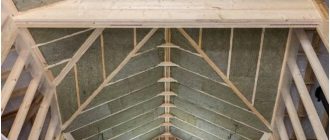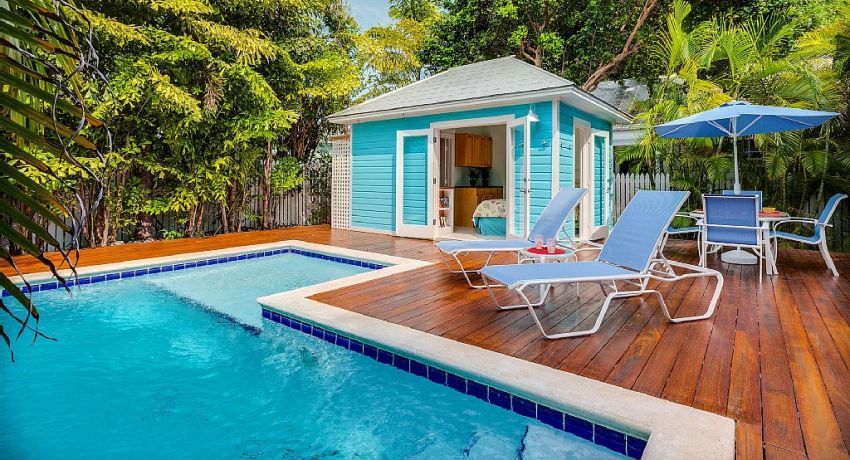HDPE pipes for water supply are produced from low-pressure polyethylene (hence the abbreviation) by continuous extrusion at the molecular level. This gives the material special properties that make it possible to use it in wide areas of human management.

HDPE pipes for water supply: the main characterizing information, the scope of use
Pipes that are made from polyethylene at low pressure are produced in five variations – SDR9, SDR11, SDR13,6, SDR 21 and SDR 26. The SDR indicator determines the degree of resistance to internal pressure. It is equal to the ratio of the external diameter of the product to the thickness of the material of its wall. In this regard, an increase in wall thickness entails a decrease in SDR. That is, the smaller this indicator, the stronger the pipe.
All HDPE pipes for water supply can be of two grades – PE 80 and PE 100. At the same time, PE 80 pipes are used for the installation of water supply and sewerage with a cross-section of up to 90 mm, and PE 100 in main pipelines. In addition, the plastic used in the manufacture of pipes, can be food and technical. The second is made from recycled materials, so its use in domestic water supply is not allowed.

Helpful advice! Be careful when buying pipes for the organization of drinking water. They must be made of polyethylene, which is allowed for contact with drinking water.
Manufacturers supply polyethylene pipes in coils of 100, 200, and sometimes 1000 m. In some cases, products with a length of 12 meters can be found.
Polyethylene pipes are commonly used in the construction and reconstruction of water supply systems, for the equipment of hydraulic structures and swimming pools, irrigation systems and artesian wells. Polyethylene pipes are used to transport various liquid and gaseous fuels in industry or in the domestic sector.
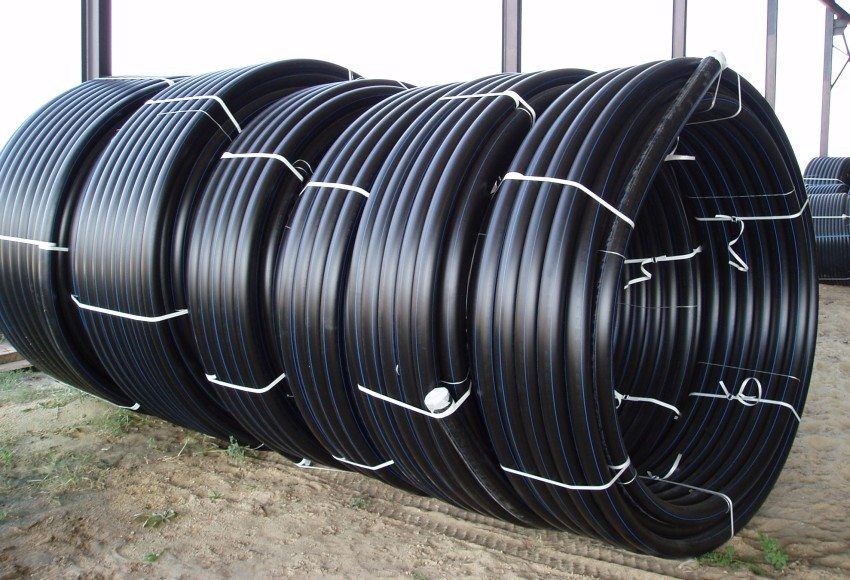
All manufactured pipes are subject to strict quality control on the following parameters:
- the state of the inner and outer surfaces of products. The walls must be completely smooth. Only the presence of insignificant longitudinal strips and some waviness, which does not exceed the deviations allowed by the standards, is allowed;
- the inner, outer, and end surfaces can not have cracks, foreign inclusions and shells;
- The plastic plumbing pipe is black only. Often there may be longitudinal blue marking stripes, which must be at least three pieces. Their distribution around the circle must be uniform.
Since the quality of the material depends on the tightness of the water supply system, then it is worthwhile to pay special attention to this circumstance and purchase products only from reputable, trusted manufacturers.
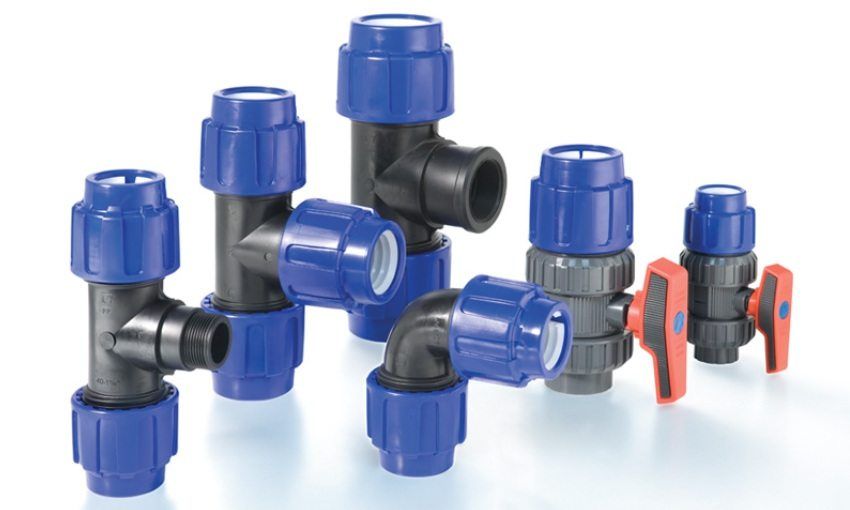
If you make a comparison with some other materials for the production of pipes (steel, cast iron, asbestos), then polyethylene will surpass them in many ways:
- fifty-year warranty period manufacturers give only polyethylene pipes;
- a plastic pipe with a diameter of 20 to 110 mm wound in a 1000-meter bay allows you to save all the consumables that are required for the installation of the pipeline, as well as significantly speed up the process of laying the pipe;
- the use of thermistor fittings simplifies and speeds up the work of connecting pipes to each other;
- training skilled welders who can work with polyethylene is much easier and faster than metal specialists;
- HDPE pipes for plumbing is quite possible to mount repeatedly with low cost of rewiring. They can be easily recycled and recycled;
- polyethylene pipe can be pulled into the already existing old water supply, even without dismantling it.
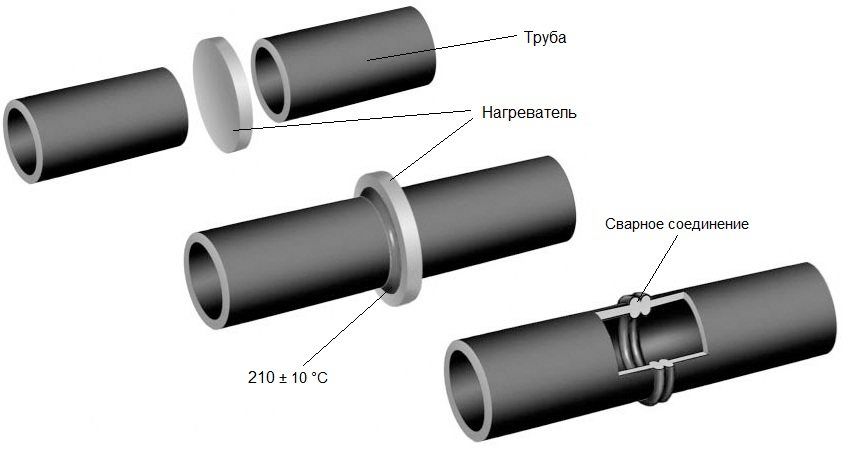
Polyethylene has certain chemical and physical properties that have made its consumer properties attractive:
- chemical neutrality of polyethylene contributes to the absence of corrosion in contact with water or even more aggressive media;
- the material has a smaller proportion, which significantly reduces the cost of all production processes and transportation of products;
- very high elasticity (linear expansion up to 7.5%) allows products to withstand not only minor ground movements, but even earthquakes. It was this circumstance that pushed the Japanese in their time to the production and widespread use of such pipes;
- ideal smoothness of the inner surface allows the use of thinner pipes while maintaining the hydraulic parameters at the same level as that of thicker steel counterparts;
- Due to the low modulus of elasticity of polyethylene, the possibility of water hammer and destruction during freezing water is significantly reduced.
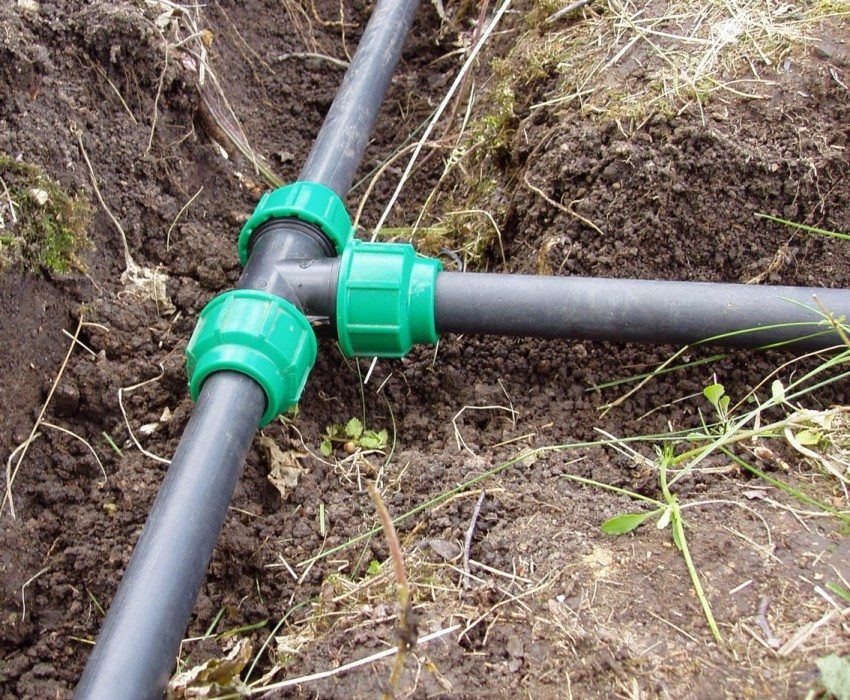
There are several drawbacks to polyethylene pipes: they are destroyed by ultraviolet radiation, are deformed at high temperatures (more than 65 degrees), which makes it impossible to use them in the heating system.
Helpful advice! When using pipes from polyethylene in industrial processes, do not pass through them a solution of nitric acid. This substance is able to react with polyethylene, destroying the walls of the pipe.
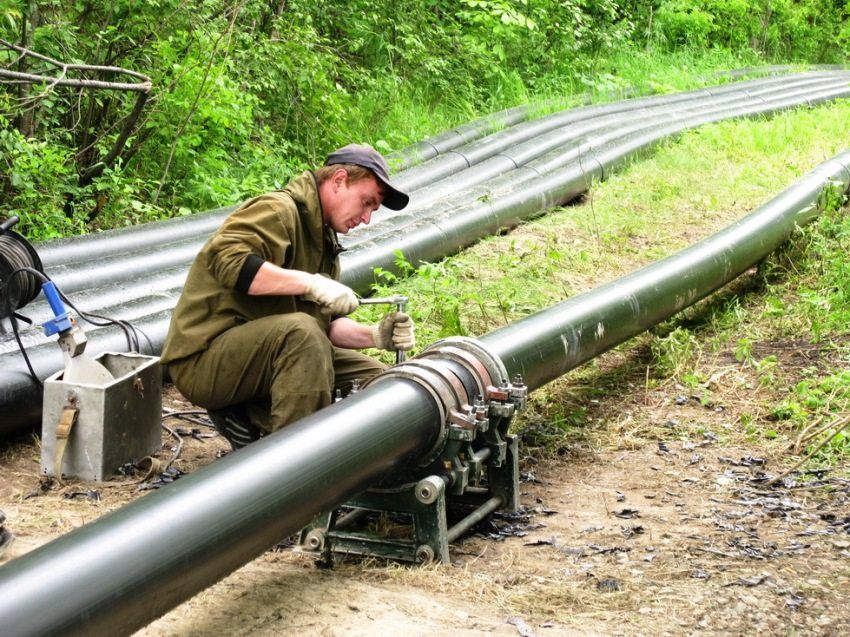
Polyethylene pipes can be interconnected in two ways: permanent and detachable. One-piece connections are used when operating the pipeline at high pressures, that is, in trunk systems. In the home, mainly used detachable connections.
In practice, the one-piece connection of polyethylene pipes is carried out in two ways:
- butt welding with a polyethylene welding machine;
- use of electrofusion connectors.

Butt-welding is the most complex process that requires trained personnel and special-purpose welding equipment.
Helpful advice! In order for high-quality butt-welding, you need to use only one weld. It must necessarily be the same in strength with the rest of the pipe.
In the presence of all necessary, pipe welding is very convenient, since it does not require the use of additional parts. It allows not only to connect two pieces of pipe, but also to fasten fittings to them.

In the case of an electrofusion joint, a polyethylene electrofusion coupling with electric heaters is used. Such a connection can withstand pressures up to 16 atmospheres. It is more expensive than the butt, so it is used in cramped conditions where it is impossible to produce welding.
The most common type of detachable connections are flanged. Their elements include: bushings, which are welded to the end of the pipe, as well as cap flanges of metal. A thin (less than 50 mm in diameter) pipe can be connected by compression fittings if it is impossible or unprofitable to use flanges.
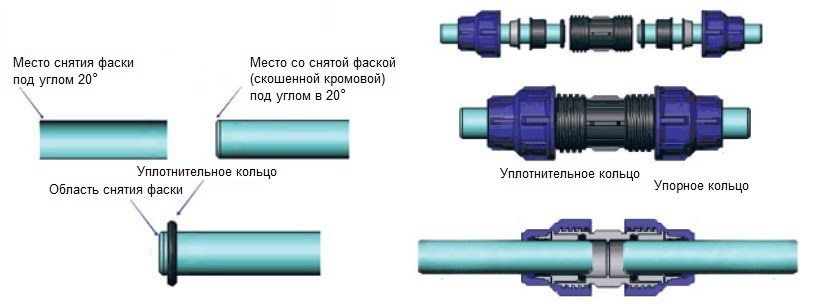
Crimp-type collet connections can withstand high loads (up to 25 atmospheres), which allows them to be used not only for joining pipes, but also for connecting products from other materials with them.
HDPE pipes for plumbing, connected correctly and correctly, form a low-cost plumbing system, which for a long time does not require repair and does not lose the original quality characteristics.
